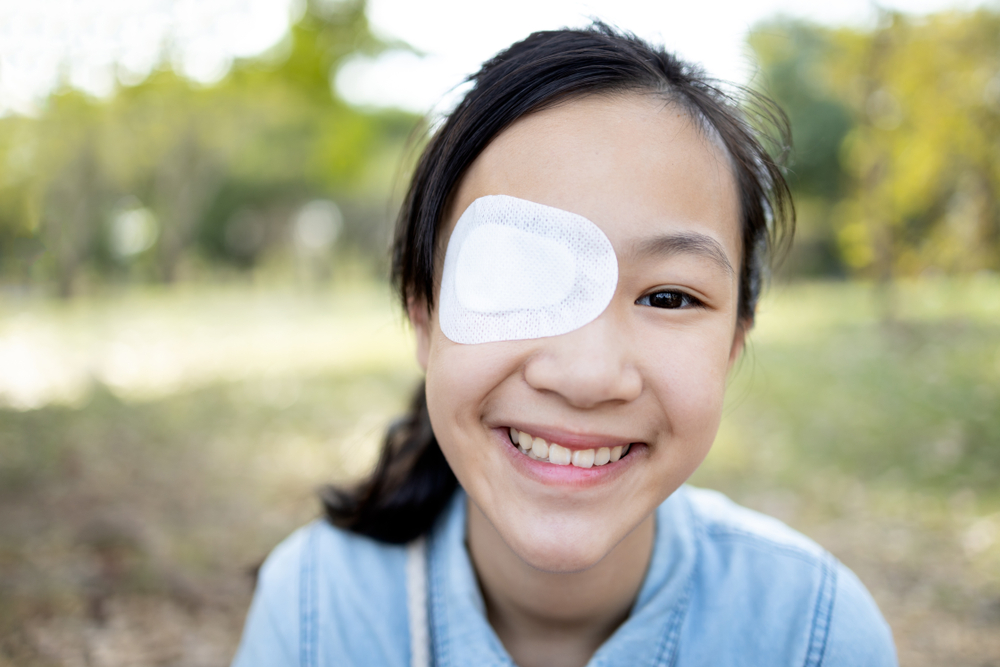Amblyopia
What is Amblyopia (also known as a lazy eye)?

The brain and the eye work together to produce vision. Light enters the eye and is changed into the nerve to the brain signals that travel along the optic nerve to the brain. Amblyopia is the medical term used when the vision in one of the eyes is reduced because the eye and the brain are not working together properly. The eye itself looks normal, but it is not being used normally because the brain is favoring the other eye. This condition is also sometimes called a lazy eye. For more information, visit the: American Association for Pediatric Ophthalmology and Strabismus.
How Common is Amblyopia?
Amblyopia is the most common cause of visual impairment in childhood. The condition affects approximately 2 to 3 out of every 100 children. Unless it is successfully treated in early childhood, amblyopia usually persists into adulthood and is the most common cause of monocular (one eye) visual impairment among children and young and middle-aged adults.
What Causes Amblyopia?
Amblyopia may be caused by any condition that affects normal visual development or use of the eyes. Amblyopia can be caused by strabismus, an imbalance in the positioning of the two eyes. Strabismus can cause the eyes to cross in (esotropia) or turn out (exotropia). Sometimes amblyopia is caused when one eye is more nearsighted, farsighted, or astigmatic than the other eye. Occasionally, amblyopia is caused by other eye conditions such as cataracts.
How is Amblyopia Treated in Children?
Treating amblyopia involves making the child use the eye with the reduced vision (weaker eye). Currently, there are two ways used to do this
Previously, eye care professionals often thought that treating amblyopia in older children would be of little benefit. However, surprising results from a nationwide clinical trial show that many children age seven through 17 with amblyopia may benefit from treatments that are more commonly used on younger children. This study shows that age alone should not be used as a factor to decide whether or not to treat a child for amblyopia.
Can Amblyopia be Treated in Adults?
Studies are very limited at this time and scientists don’t know what the success rate might be for treating amblyopia in adults. During the first six to nine years of life, the visual system develops very rapidly. Complicated connections between the eye and the brain are created during that period of growth and development. Scientists are exploring whether treatment for amblyopia in adults can improve vision. The information on amblyopia is provided by the National Eye Institute.
